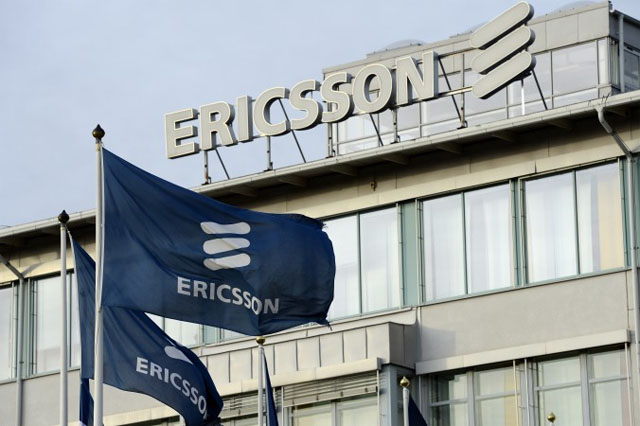
Youth, high demand drive telecom investments – Ericsson
Despite a challenging macroeconomic environment, Nigeria is expected to continue to invest in network infrastructure because of its large youthful population and high demand for connectivity, Ericsson has stated.
According to the firm, this will enable new growth opportunities for service providers, driven by advanced mobile data and value-added services.
It disclosed this in a report titled, ‘Ericsson Mobility Report (June 2023).’
It said, “Despite the challenging macroeconomic environment, nations in Sub-Saharan Africa are expected to invest in networks infrastructure, driven by a large youthful population and a high demand for connectivity.
“This will also enable new growth opportunities for service providers, driven by advanced mobile data and value-added services. like mobile banking and payments.”
According to the telecom infrastructure provider, 4G is dominating the telecoms space in Nigeria and across the region and will be the main contributor to subscriptions until 2028, despite new 5G rollout options in the region.
It noted, “4G will be the main contributor to new subscriptions up to 2028, accounting for more than half of all mobile subscriptions at the end of the period.
“2G will continue to remain important because of the socioeconomics of the region, allowing subscribers with low-priced devices and affordable services and subscriptions, especially in rural areas.”
Ericsson noted that 2G subscriptions would continue to decline between now and 2028, regardless.
In the first quarter of 2023, global subscriptions for 4G grew by 59 million to 5.2 billion.
In the near future (2028), 4G subscriptions will be projected to decline to around 3.8 billion as subscribers migrate to 5G.
While breaking down the composition of other network subscriptions, the firm said, “During the quarter, 3G subscriptions declined by 85 million, while GSM/EDGE-only subscriptions dropped by 59 million and other technologies decreased by about 4 million.
“China, Bangladesh, and Nigeria had the greatest net addition of subscriptions during the quarter, with 4 million added in each country.”
Increasing reliance on Internet services, especially video streaming, has driven up data traffic in the last two years, the firm revealed. Quarter-on-quarter mobile network data traffic growth between Q4 2022 and Q1 2023 was up by around seven per cent, with total monthly global mobile network data traffic reaching 126 EB.
It said, “In absolute numbers, this means mobile network traffic has almost doubled in just two years, from 66 EB per month in Q1 2021.”
The surge in data usage resulted from a combination of the mounting number of smartphone subscriptions and a surge in the average data volume per subscription. This was largely propelled by the escalation in watching video content.
Commenting on 5G subscriptions, it highlighted, “5G is forecast to have the fastest growth rate in subscriptions, attributed primarily to coming from a low base. More than 10 countries in Sub-Saharan Africa have launched commercial 5G networks to date, with more planned, raising the forecast for 5G subscriptions to 13 per cent of the total subscription base in 2028.
It also revealed that 5G devices were expected to account for 62 per cent of all smartphones shipped in 2023.
It added, “Over 870 5G smartphone models have been launched in total, with more than 80 so far in 2023. 5G smartphones are expected to account for 62 per cent of all smartphones shipped in 2023.”

